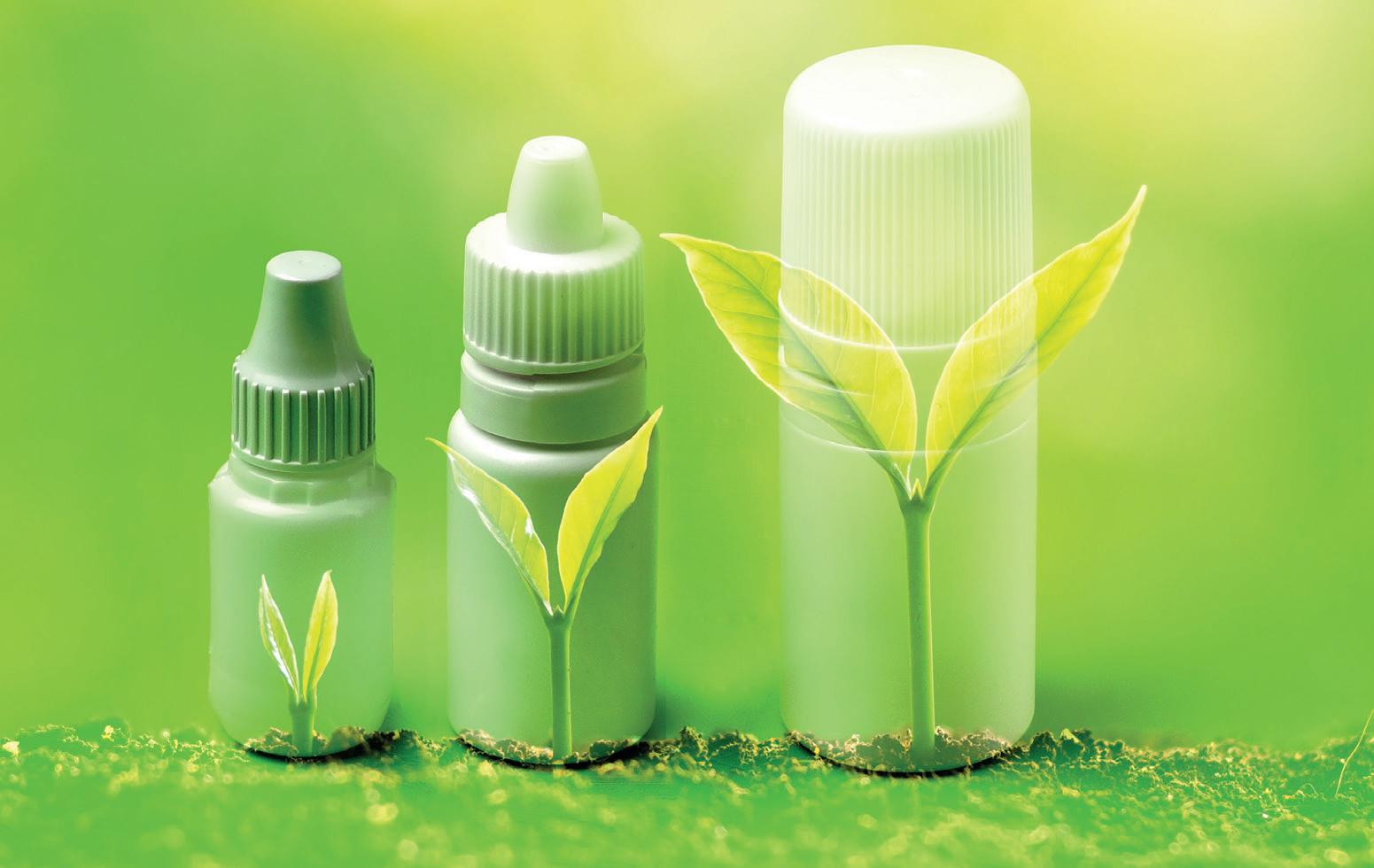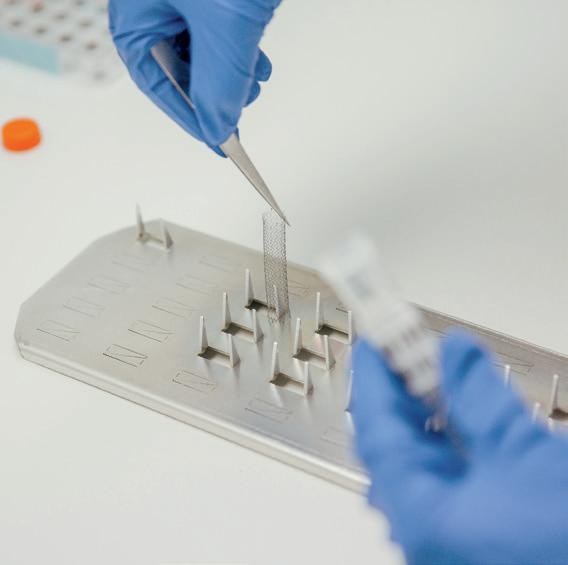
3 minute read
Q&A
from MPN EU Issue 68
by MPN Magazine
AFTER THE COMPANY LAUNCHED SEVERAL MEDICAL GRADE MATERIALS, MEDICAL PLASTICS NEWS SPOKE TO STEFAN DISCH AND WILFRIED HATKE FROM POLYPLASTICS TO GET THE EXPERT OPINIONS ON WHAT THE MATERIALS ARE USED FOR AND THEIR BENEFITS.
LIVING IN A
material world
You have recently launched a medical POM, what makes POM especially useful in the medical sector? POM is an engineering plastic which is often used for application where you have mechanical functions. That means it’s very hard, it has a good stiff ness, and you can mould it very precisely; this is diff erent to a polypropylene.
It is used frequently in medical devices, for example where you have a mechanical function like an insulin pen where you press the button and then a mechanic goes and doses a certain amount of insulin into the body.
Metal is expensive and diffi cult to manufacture, this has a much lower cost and lower weight. It keeps its shape for many years, whereas with metal, when you do not use a very good steel it will change its shape over the time.
Could you please tell us about the new TOPAS material? TOPAS Cyclic olefi n copolymers (COC) are being used in primary pharmaceutical packaging applications such as prefi llable syringes, ampoules or vials. The combination of transparency, high water barrier, very good purity and good sterilisability with various methods renders the material a preferred choice in a lot of applications. Adding the high UV-transparency and possibility for moulding intricate microstructures opens the possibilities for COCs to be employed in a multitude of diagnostic applications ranging from compartments storing diagnostic solutions in point of care applications to microstructed lab on disc applications.
Furthermore, the TOPAS material is being used as a modifi er for the properties of fi lms based on polyethylene and polypropylene. Which are also polyolefi ns in order to meet the technical criteria for applications. For example, in shrink fi lms the addition of COC into polylofi ne based fi lm structures provides for the necessary shrink characteristics.
So basically, in these packaging application areas, TOPAS is functioning like an additional tool in the polyolefi n toolbox to access certain properties that are not available with using typical grades of polyethylene or polypropylene, so there is a very good extension of the polyolefi n product family by the TOPAS material.
TOPAS has been certifi ed as a recyclable polyolefi n and has received several certifi cations of recycling compatibility with PE and PP.
Are there any other products or materials that Polyplastics have that are sustainable? Polyplastics have Plastron LFT, which is a resin made of specially formulated cellulose long fi bre reinforced plastic based on a recycled polypropylene. The eco-friendly material provides weight reduction plus mechanical strength, enabling manufacturers to reduce their carbon footprint. Cellulose fi bre is a material that can help reduce CO2 emissions, but the lack of strength has always made it a limiting choice, but Polyplastics has created a stronger version by using regenerated cellulose.
In order to get very clean fractions for the recycled PET (rPET), we have developed with our customers a shrink fi lm solution that can be separated from the PET fl akes by fl otation, which is very important. That has also been certifi ed to be compatible with the recycling streams that are established in the northern part of Europe right now.
The topics of circularity and sustainability in our company are now very high-ranking, because many customers are asking for it and the market, the world, is going in that direction and will never go back again. So, we have to adapt to changes in our market environment.










